Incidentally, the life of the knife grinder was not an easy one, as the newspaper clipping below illustrates (Fife Herald 6 August 1884).
|
The 1878 oil painting above is by Robert McGregor (1847-1922) and is not only set in Largo but the painter used locals as models in this scene. The original hangs in the McManus Galleries in Dundee and is accompanied by the information below. It's interesting to see a Largo painting which is more focused on the people than the landscape. Featuring folk of all ages, the piece gives a great idea of how locals would have dressed at the time and shows the attraction of the visiting knife grinder. It's tricky to establish the precise location of the scene but the best clues are in the background. In the detail shown below, the spire of Largo Kirk is visible in the middle background and could that be Largo House to its left? If so, the location could be somewhere between the Main Street and South Feus, amongst the back gardens and outhouses. Alternative theories welcome! Robert McGregor was born in 1847 in Bradford, Yorkshire, the son of a Scottish businessman who later relocated to Dunfermline and subsequently to Edinburgh. He frequently painted working men such as fishermen, shepherds, crofters, pedlars, and farm labourers. However he also painted Scottish, French and Dutch country and coastal scenery. He first exhibited at the Royal Scottish Academy in 1873 and was elected a member there in 1889. He exhibited at the RSA until 1914 and died in Edinburgh in 1922.
Incidentally, the life of the knife grinder was not an easy one, as the newspaper clipping below illustrates (Fife Herald 6 August 1884).
1 Comment
Following on from the demise of Largo Station, let's look at the final days of Lundin Links Station. The demolition of the station buildings at Lundin Links can be accurately dated thanks to a preserved paper trail. On 26 November 1971, the Fife County Council Master of Works acknowledged receipt of an application from Lundin Golf Club to demolish the station buildings (see below). The site of the station was adjacent to the golf course and some time after closure of the railway line, the Club purchased the disused site. The application appears to have been acted upon swiftly, as the note below dated 1 December states that the station buildings have been demolished and that the levelling of the site is underway. So after a spell of lying derelict, the station buildings were removed and the whole station site absorbed into the golf course. The location where the station buildings stood is now a course maintenance area, alongside the 17th fairway, adjacent to Links Road. For images of the station after closure but before demolition please click here and also here. Below is a photograph of the part of Links Road (once known as Station Road) where the station once was. Memories of the station or its demolition would be very welcome - please comment or get in touch through the 'contact' link. This set of four poignant colour photographs show Largo Station mid-demolition back around 1970/71 (can anyone put a precise date on this?). Many thanks to Russell McLaren for kindly sharing these images, which were taken by his father. The family lived overlooking the station and were regular users of the train service. The photographs are taken from Station Park looking towards the sea, with the original 1857 station building in the foreground (partially demolished) and the later 1894 building on the far platform. Prior to demolition, the buildings had been stripped of valuable materials such as the roof tiles. Having closed in 1965 (the final passenger service running on 5 September) the station had sat derelict for a few years. By 1968 discussions had begun on converting the Largo Station site into a car park, with a view to reducing congestion on Main Street. This eventually came to fruition and the car park remains in use to this day. Below are a couple of images of Largo Station while still in use. Operational for more than a century, the station was once know for its well-kept gardens and attentive station masters - a great facility for locals and the start and end point of many a day trip and holiday. If you have memories or images of the station - please do get in touch. In the next post - details of the demolition of Lundin Links station. Image above by Stuart Sellar (12 June 1960) - Sent to user by author, CC BY-SA 3.0, https://commons.wikimedia.org/w/index.php?curid=19047496
The previous post covered Lundin Mill Farm, focusing on the former mill and grain store building. The postcard view above shows a different part of the farm, looking north east across some of its arable fields (the mill building being off to the right). Wheat, oats, barley and potatoes were some of the crops grown over the years, while pigs and cattle were also kept at various times. Part of the Largo Estate, the extent of Lundin Mill Farm is shown below in the blue-grey colour (extract from the estate map of 1866). The farm and mill were tenanted for many decades and across multiple generations by the Whites. In the mid-18th century it appears that James White and Ann Davidson were at the farm. Next, their son John White and his wife Ann Lethangie had the farm from the late 18th century until c1830. Their son James and his wife Agnes White (who were cousins) followed until James's death in 1869. Their son John White (or Whyte) and wife Eliza Langlands continued the tenancy (as well as that of Largo Home Farm) until John retired due to ill health in 1896. In fact, at the time of the retirement 'displenishing sale' it was noted that White and his predecessors had farmed these lands for over two hundred years (see 30 Oct 1896 Courier piece below). John White (the last in the line of the White tenants) was also a member of Largo School Board and a Justice of the Peace. He died in Cupar in June 1915. He married fairly late in life and had no children to continue the family farming tradition. Mr George Bell secured the tenancy of both Lundin Mill Farm and Largo Home Farm following John White's retirement late in 1896. He already farmed at Downfield, Kingskettle. When he died in 1925 at the age of 64, George Bell (pictured below) had farmed Lundin Mill for almost thirty years. He had also been a member of the Largo School Board and a keen member of Largo Curling Club. He was also involved in local golf and was in attendance at the opening of the Lundin Ladies Golf Course in 1910 - see here for images from that event (perhaps he was number 6 or 10 in the photograph of attendees?). The tenancy next went to George Penrice (who was already farming at Pitcruvie) later in 1925. When he died in 1940, the article below featured in the 9 October Dundee Courier. The farm was continued for some time by his sons. The last tenant farmer at Lundin Mill was Robert (Bob) Ednie who retired from the farm in the early 1990s.
Many will remember the derelict building pictured above which sat on the north side of the Keil Burn at the west side of Largo Road, down in the dip and opposite the former Keilside Bakery. This was demolished in 1995 ahead of the Bett Homes development at Penrice Park. A further development of flats followed a few years later by Thomas Mitchell builders (the later development being more closely aligned to the footprint of the old farm steading). At the time of the demolition (February 1995) archaeological survey work was carried out (just ahead of the digging of drainage and sewage trenches to serve the new housing). Historic Environment Scotland records state that: "Archaeological watching brief in the course of the demolition programme at the farm steading and mill complex of Lundin Mill Farm, Lundin Links, Fife by GUARD, revealed that the mill with its associated kiln had been the original building on site, followed in the early 19th century by the farm outbuildings. There was no evidence to suggest the existence of earlier buildings at the location, although cartographic evidence indicates that the site was being utilised for milling of grain from at least 1775." It would seem likely that the building dates to mid-eighteenth century but was renovated in the early nineteenth century around the time that Earnest Cottage was built. Earnest Cottage would appear to have been the farm house before the construction of the newer Lundin Mill Farm House circa 1870s. John Band has produced a series of drawings to provide an insight to what went on within the building when it was a working mill. To set the scene, please click here to see location maps and some background on 'thirlage' and on water rights. Also, see below for the overall building layout as surveyed in 1995 (source: Glasgow University Archaeological Research Division). For further context, a brief history of milling is below, along with a floor plan of what was the lower ground floor of the mill end of the building. To view this as a PDF, please click here. Note that the building was constructed by partially cutting into the natural slope of the land, such that access on the south side (closest to the burn) was made at a lower level than on the north side of the building, where access was from the upper floor.  The annotated drawing below, shows the upper ground floor plan of the mill end of the building (immediately above the lower ground floor layout given above). To view that as a PDF please click here. Details are also given below of the dam, weir and lade that served the mill. See inset for larger version of the drawing of the dam across the Keil Burn and the lade that ran alongside. Above are two images from the Canmore collection, showing the building's north elevation (upper photograph) and south elevation (lower photograph). The former having the appearance of a single storey structure while the latter shows two stories. What follows below are section drawings, showing the upper and lower ground floors together and featuring elements such as the waterwheel, hoppers, kiln and hoist. A PDF of this drawing is available here. Finally, below are details about millstones and how they were dressed. Also included are a ranged of phrases still used today that derive from the milling process and the days when this was far more central to everyone's daily life. A PDF-version is available here. At the foot of the post is another Canmore photograph - this time showing the west elevation (with the four storey 'Millburnlea' on Largo Road visible on the far right in the distance). With many thanks to John Band for the detailed research and illustrations.
|
AboutThis blog is about the history of the villages of Lundin Links, Lower Largo and Upper Largo in Fife, Scotland. Comments and contributions from readers are very welcome!
SearchThere is no in-built search facility on this site. To search for content, go to Google and type your search words followed by "lundin weebly". Categories
All
Archives
July 2024
|
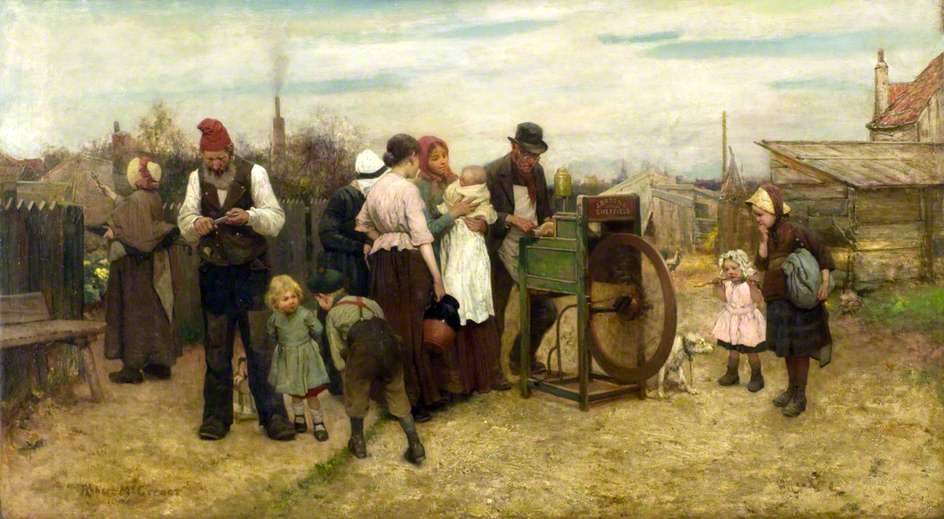
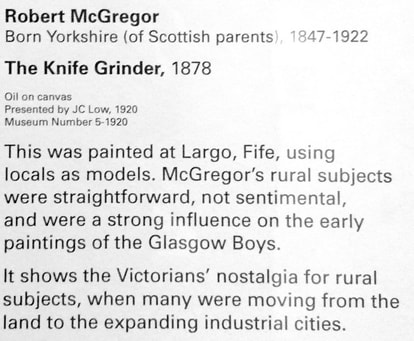
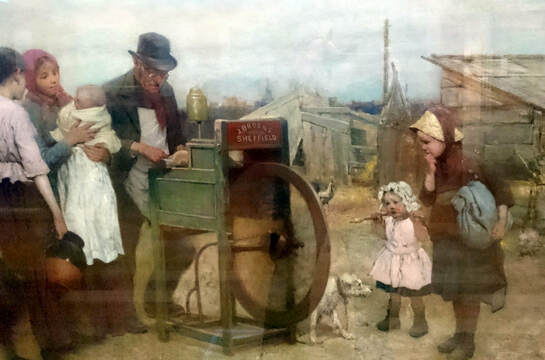
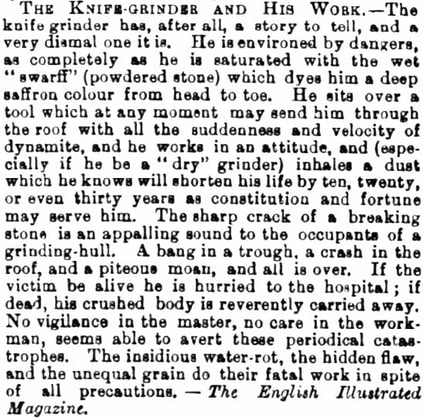
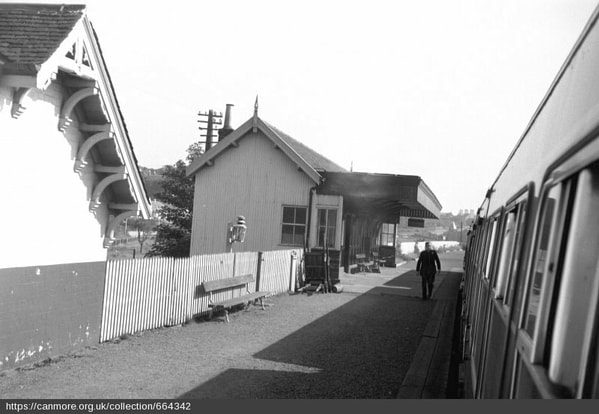
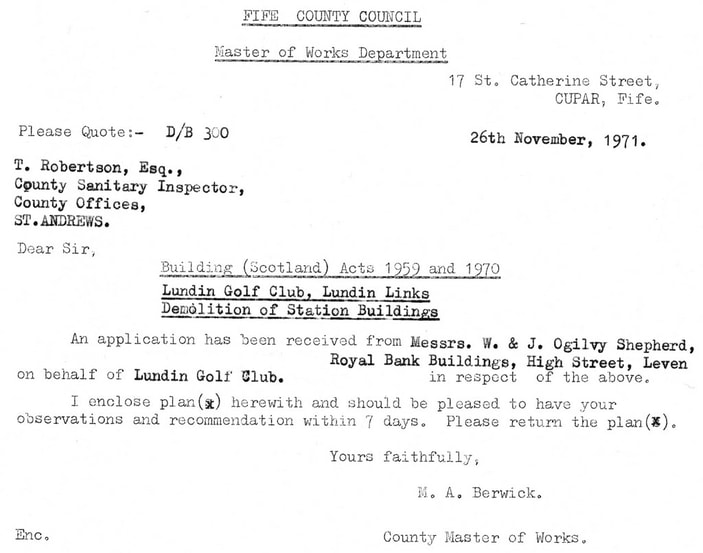

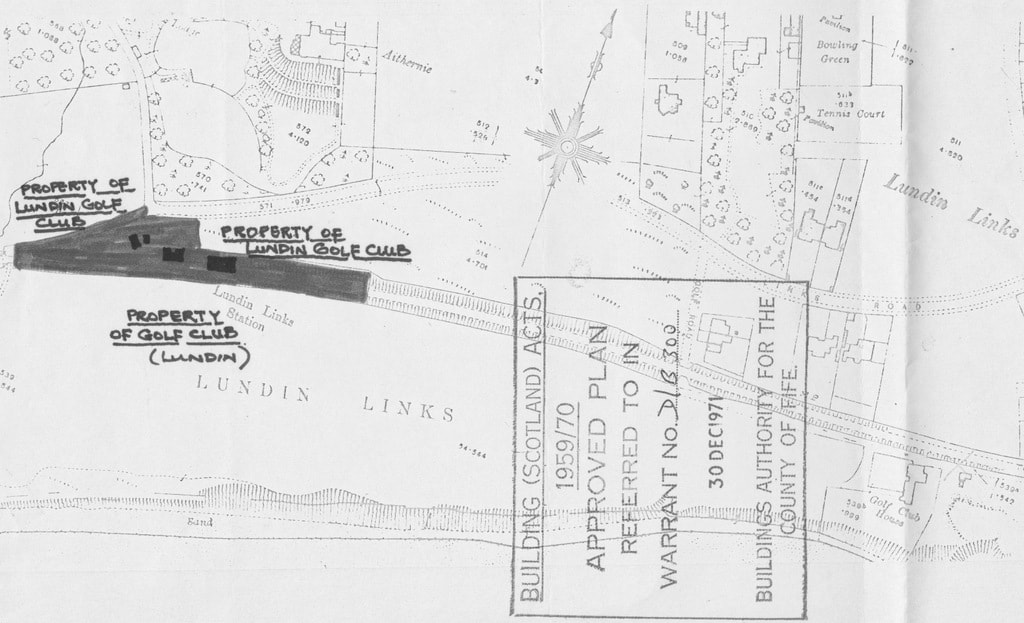
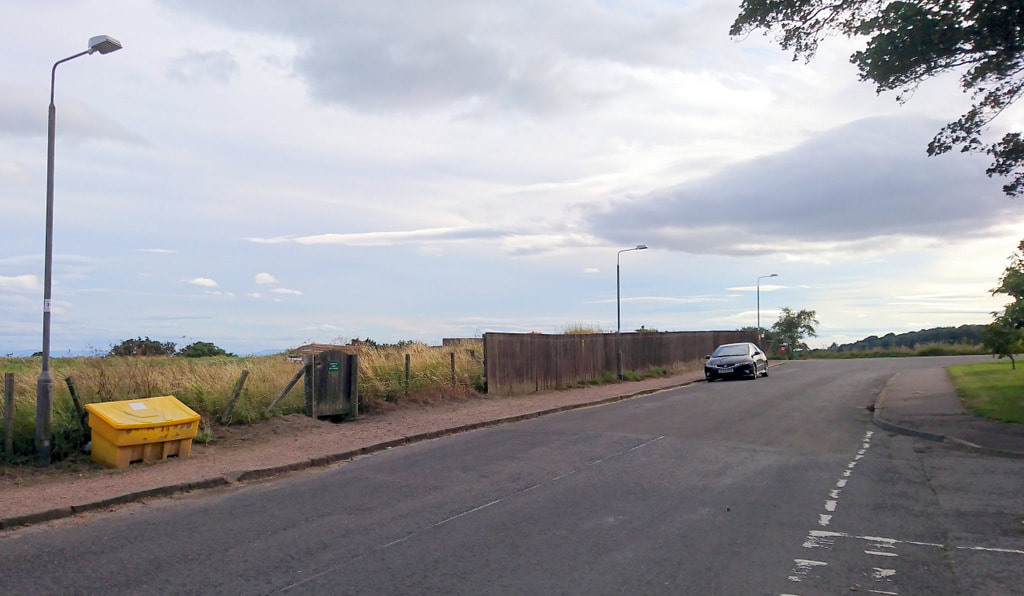

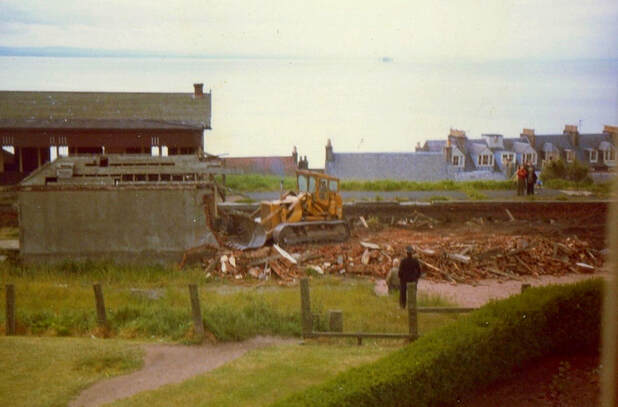


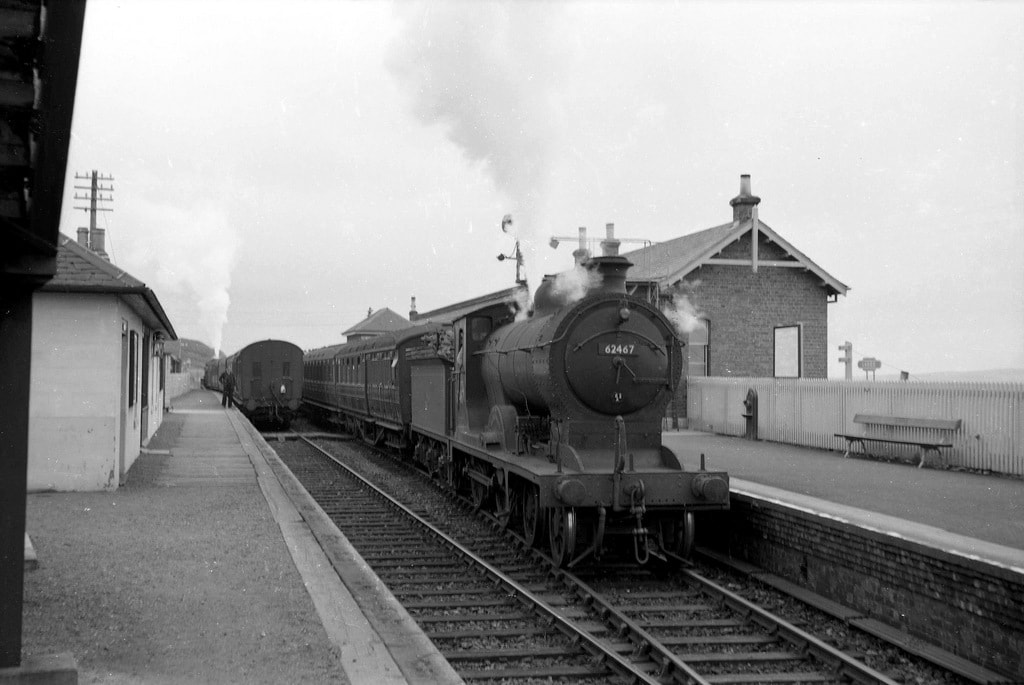

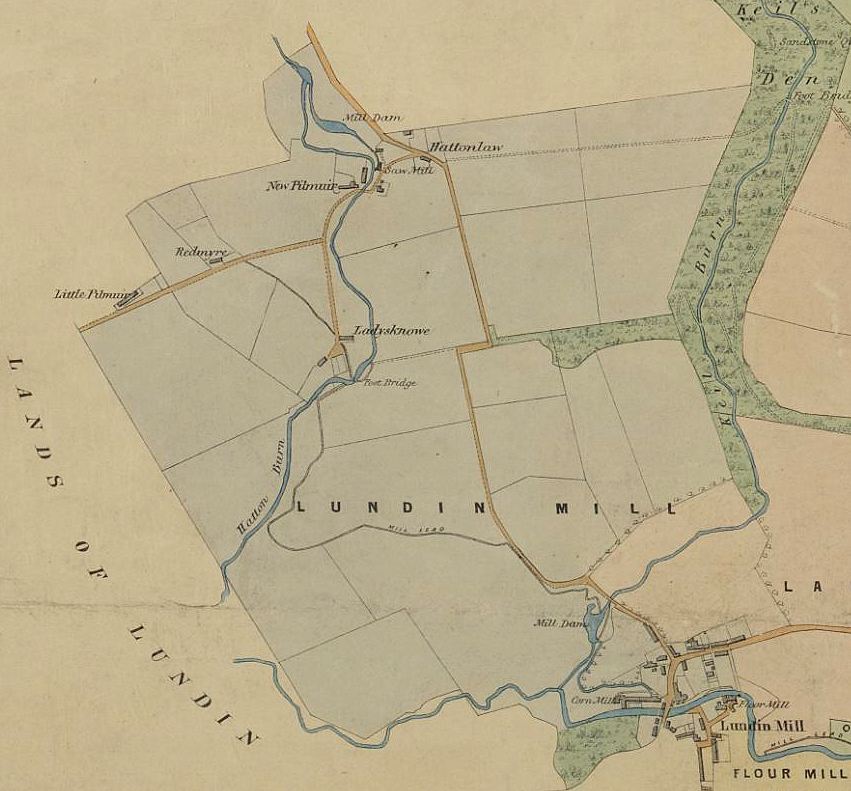
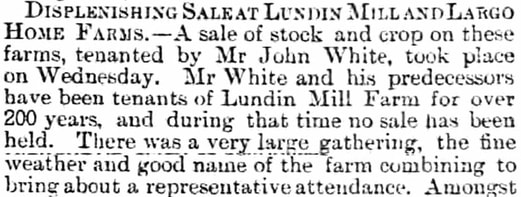
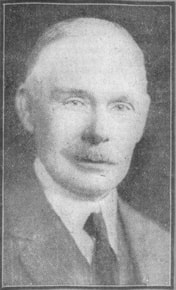
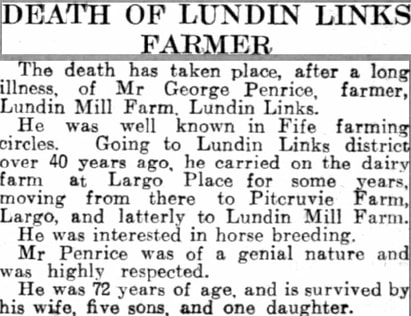

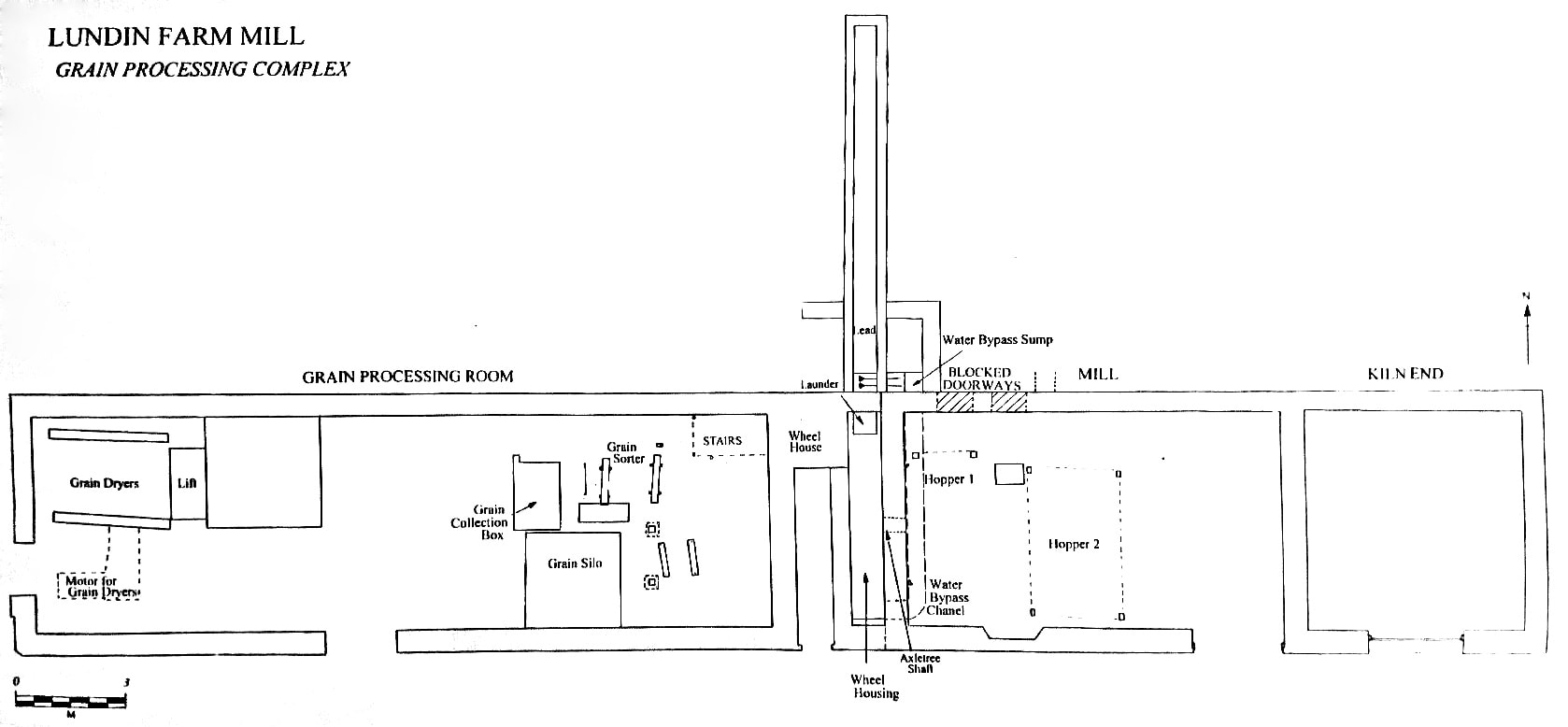

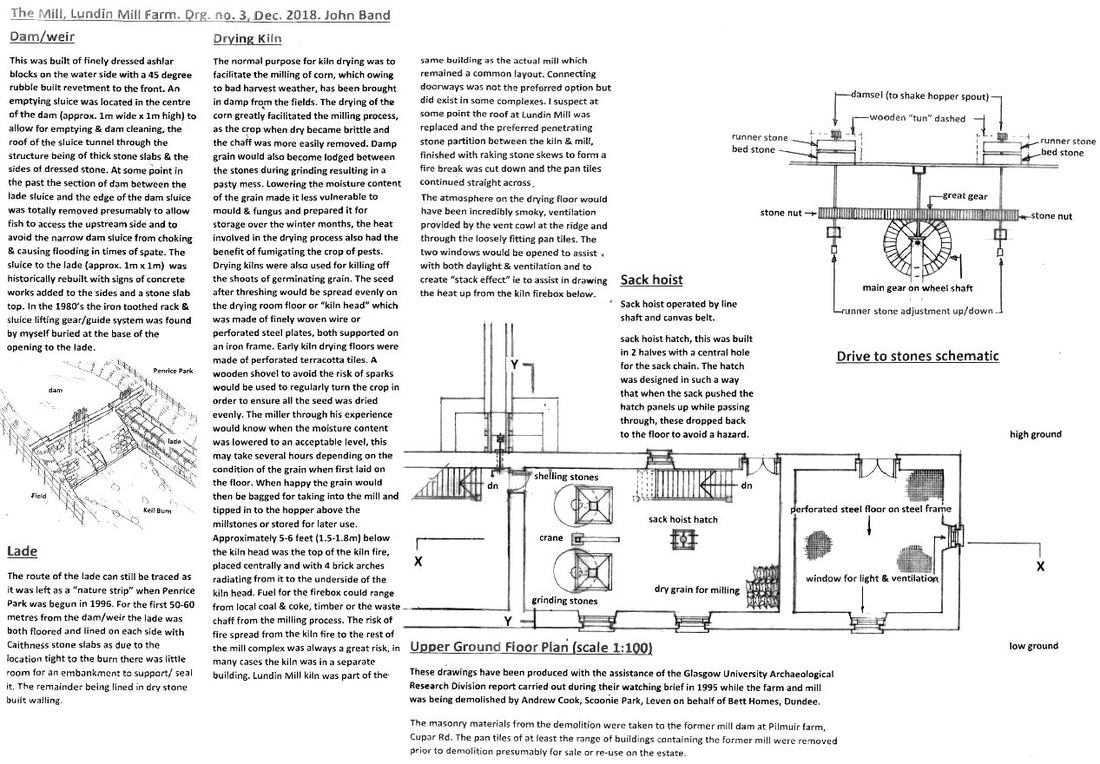
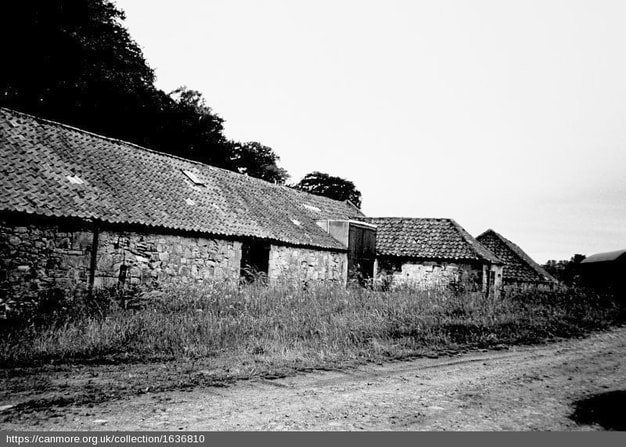
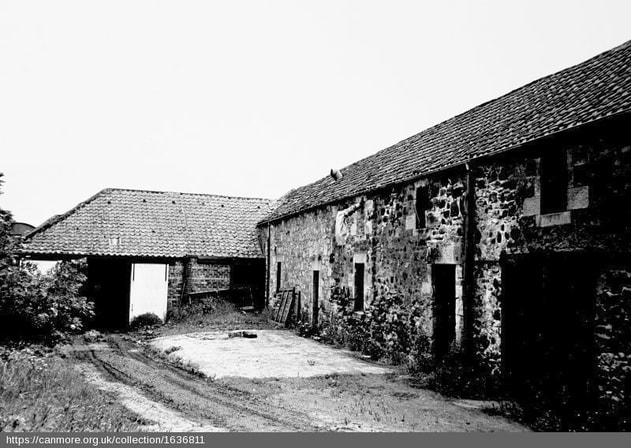
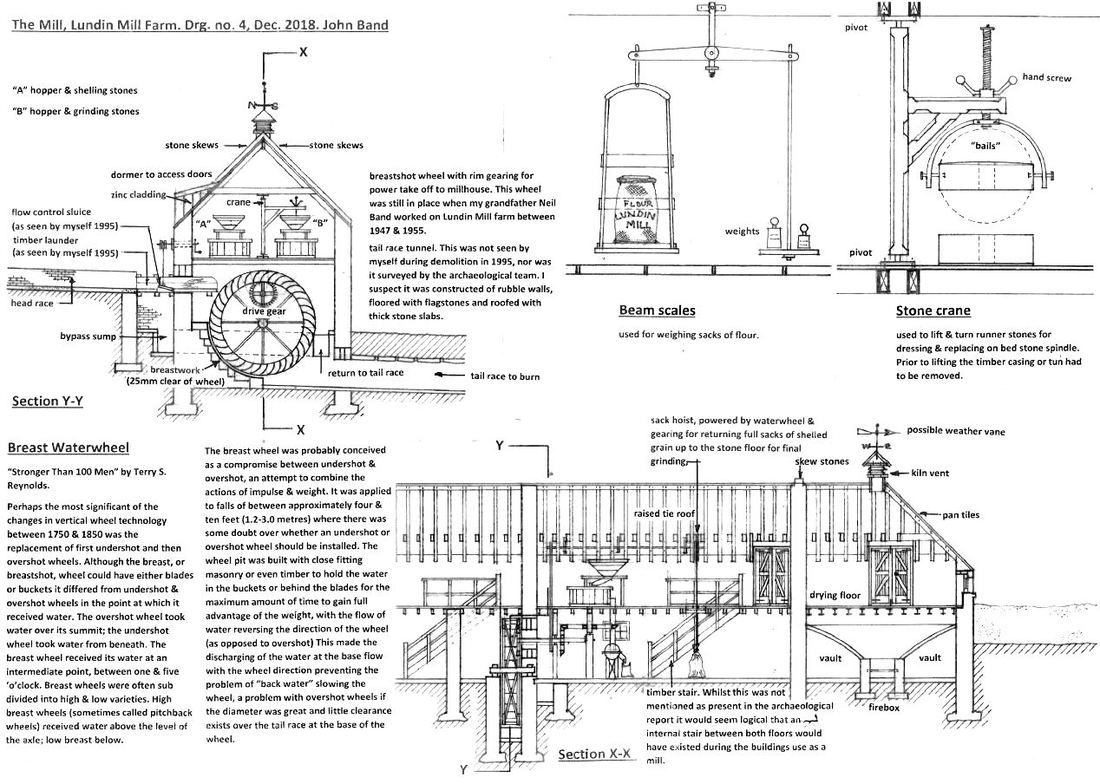
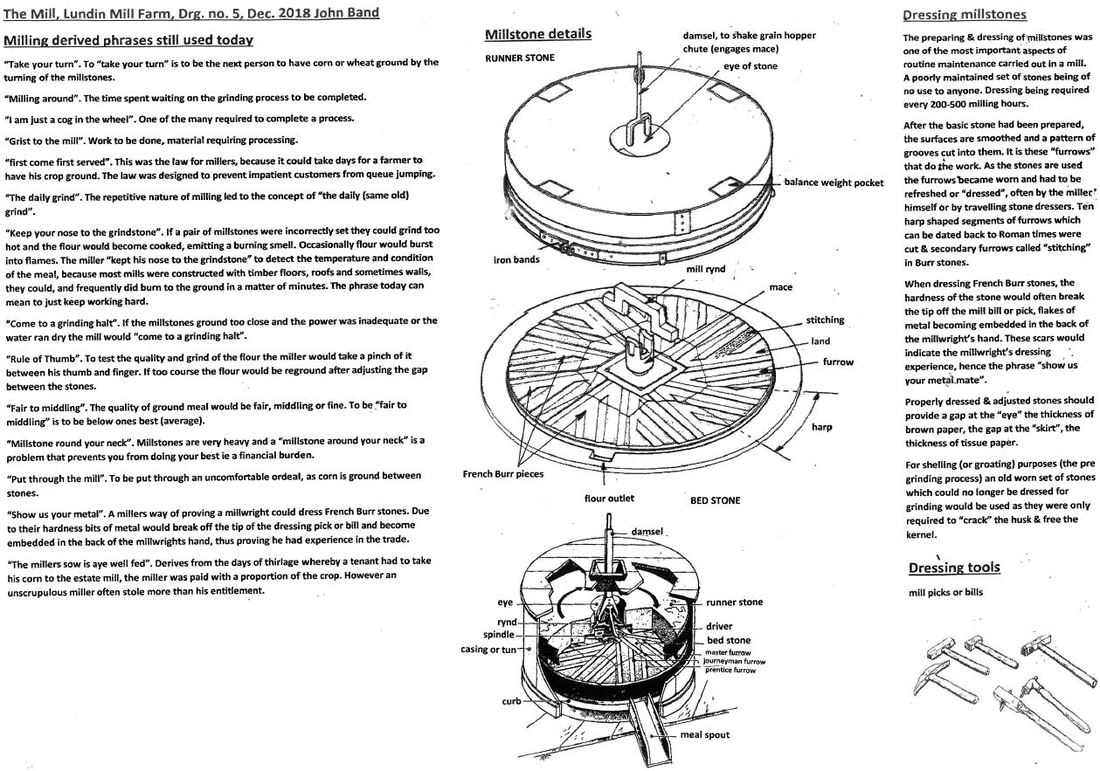

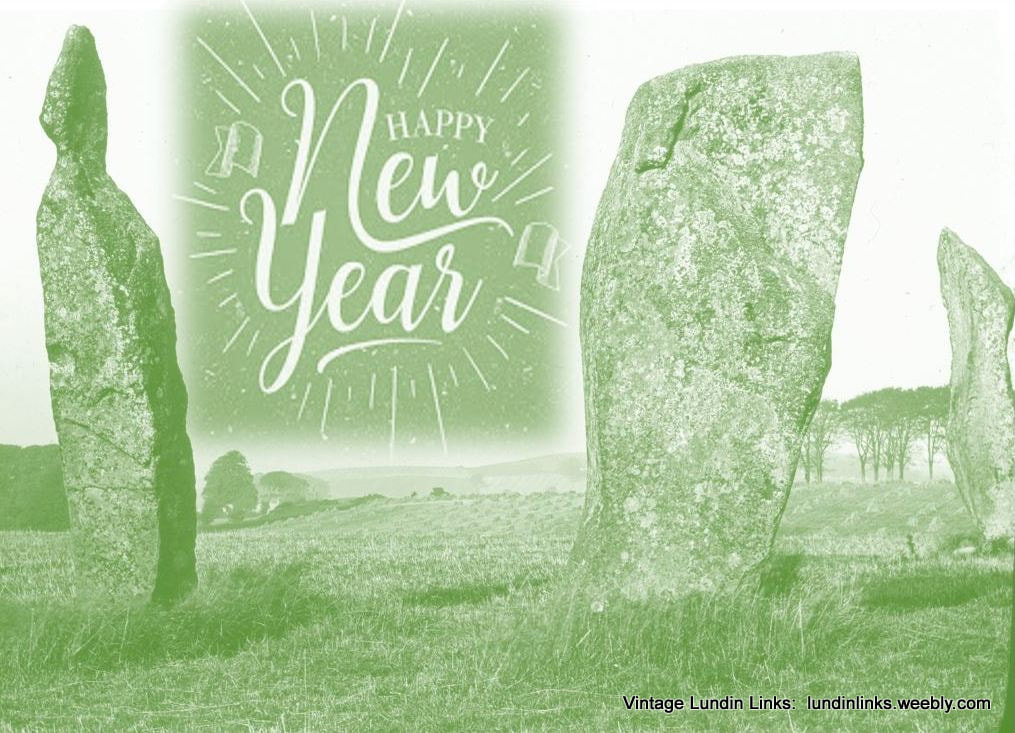

 RSS Feed
RSS Feed
